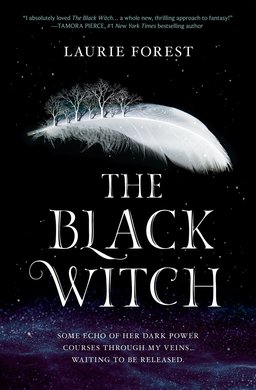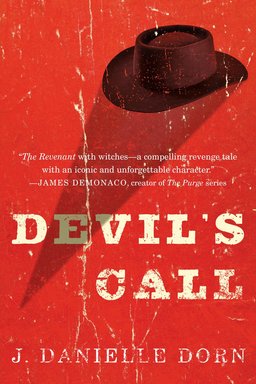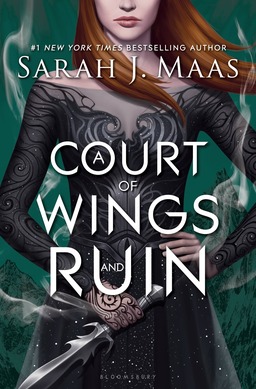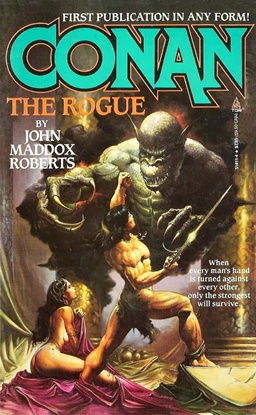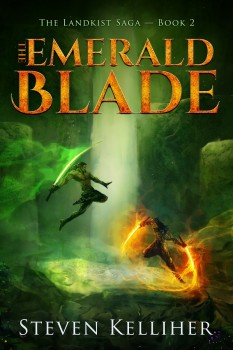Fantasia 2017, Day 2: Tilting at Ghosts (Tilt, A Ghost Story, and Museum)
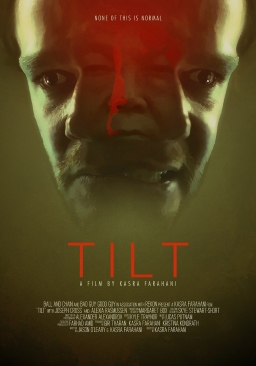 Friday, July 14, felt like my first real day at the 2017 Fantasia Festival. After only one film the night before, I had three movies I wanted to see that afternoon and evening. First would come Tilt at the 175-seat J.A de Sève Theatre, a thriller that was drawing attention on the festival circuit for its political subtext. After that, at the 700-seat Hall, would come A Ghost Story, a movie about loss; I thought it looked slightly more interesting than the comedic manga adaptation Teiichi: Battle of the Supreme High because A Ghost Story depicted its ghost in the form of an actor with a sheet over his head. The sheer brazenness was appealing. Besides, after that my last film of the day would be another manga adaptation at the Hall, Museum (Myûjiamu), directed by Keishi Otomo. I’d seen and enjoyed two other adaptations by Otomo before, the third Rurouni Kenshin film two years before and then last year The Top Secret: Murder in Mind. The odds seemed good for Museum, a crime thriller about a cop tracking down a frog-masked serial killer.
Friday, July 14, felt like my first real day at the 2017 Fantasia Festival. After only one film the night before, I had three movies I wanted to see that afternoon and evening. First would come Tilt at the 175-seat J.A de Sève Theatre, a thriller that was drawing attention on the festival circuit for its political subtext. After that, at the 700-seat Hall, would come A Ghost Story, a movie about loss; I thought it looked slightly more interesting than the comedic manga adaptation Teiichi: Battle of the Supreme High because A Ghost Story depicted its ghost in the form of an actor with a sheet over his head. The sheer brazenness was appealing. Besides, after that my last film of the day would be another manga adaptation at the Hall, Museum (Myûjiamu), directed by Keishi Otomo. I’d seen and enjoyed two other adaptations by Otomo before, the third Rurouni Kenshin film two years before and then last year The Top Secret: Murder in Mind. The odds seemed good for Museum, a crime thriller about a cop tracking down a frog-masked serial killer.
But the day opened with Tilt. Directed by Kasra Farahani from a script he wrote with Jason O’Leary, it follows a documentary filmmaker, Joe (Joseph Cross), whose wife Joanne (Alexia Rasmussen) is pregnant. Joanne’s making some money as she trains to become a nurse, but Joe’s having problems putting together his second film, about the economy and the myth of an American “golden age.” Over the course of Tilt — the title, we’re told, of Joe’s well-received first documentary, about control and chaos in pinball — we see Joe slowly lose his grip on reality as he strains to get his film’s material into some kind of shape. He takes to walking aimlessly around nighttime Los Angeles, his sanity deteriorating. Will he find help before he reaches a breaking point?
The movie’s already drawn some attention because contrasting with Joe’s increasingly ragged work on his film, with his rants about the 1950s and American empire, is the concurrent rise in the background of Donald Trump as glimpsed through news reports and the characters’ disbelieving jokes. Given the lead time involved in film production, there’s yet to be a substantial cinematic response to Trump’s election, so the Trumpian motif in Tilt stands out. Still, it’s mainly an element in the film’s atmosphere: media reports, snide jokes, a jump scare involving a Trump mask that I suppose we must consider cinema’s first Trump scare. It weighs heavily only perhaps because of this particular historical moment, and because we’ve not yet gotten to the point of frequently seeing Trump in fiction films. But, as Farahani has pointed out in interviews, Trump’s in the movie only because he seemed to the filmmakers to represent some of the themes they were working with — a kind of white male entitlement and anger. Tilt isn’t a response to the America Trump is making, so much as a look at the emotional texture Trump has seized upon.


